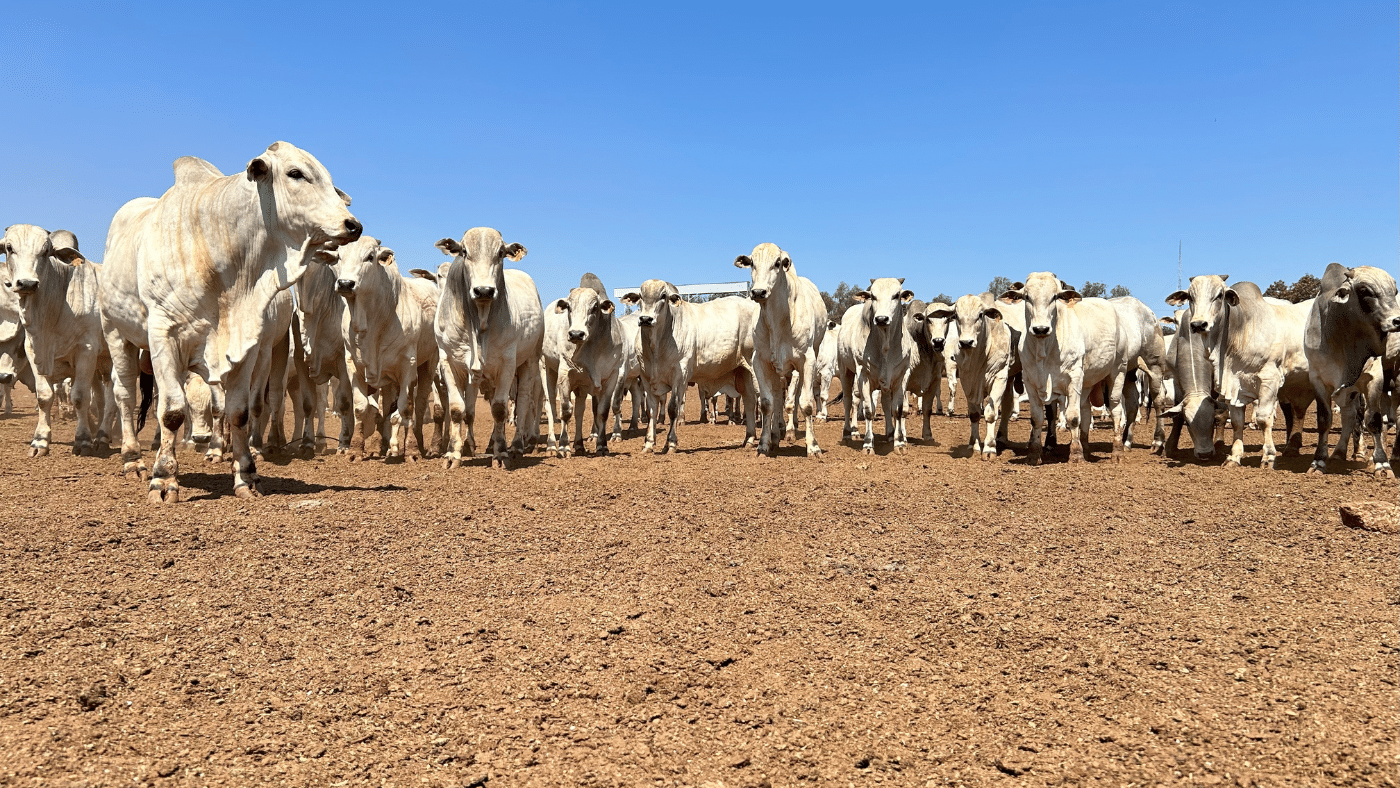Feedlot Operations and Waste Management: Mitigating the Environmental Impact
In the United States, we have easy access to cheap and plentiful meat due to industrial farming techniques developed since the middle of the 20th century. One method of maximizing livestock weight gain over the shortest amount of time possible is the feedlot. A feedlot is part of the livestock production process where young livestock are typically raised off-site, then brought to the feedlot to be “finished” once they are old enough to live on the feedlot. Finishing is a process whereby livestock are fed a mix of feed, supplements and antibiotics on a schedule that brings the livestock to market weight quickly. While they are finishing, the livestock live in close proximity to each other.
While economically sound, there is a downside to feedlot operations. With the plentiful feed and the number of animals concentrated on a small lot of land, a large quantity of animal waste is produced, and that waste needs to be handled responsibly to ensure the health of the livestock and the surrounding environment. In this post, we discuss
- The most common method of managing the waste produced on the feedlot the regulatory landscape evolving strategies and methods, including the risks and potential opportunities.
Land Application of Animal Waste: Limitations and Risks
Historically, one of the most common methods of disposal was land application. This is a process by which animal waste was applied to agricultural fields to act as a fertilizer. The problem with land application is twofold:
- First, land application can only be used at certain times of year, prior to planting a crop. This means that large feed operations need to stockpile animal waste during the growing season and when the land is frozen.
- Second, excessive application of animal waste to fields can cause significant environmental issues due to nutrient overloading of ecosystems, such as what happened to the Chesapeake Bay.
The degradation of the Chesapeake Bay provides dramatic example of the damage caused by nutrient overloading of an ecosystem. Excessive nutrients from farm runoff where animal waste was employed made it into the river systems feeding the Chesapeake Bay. The nutrients overloaded the Chesapeake Bay, making it the perfect environment for algal growth. This resulted in large blooms of algae occurring regularly, ultimately killing the sea grass by blocking light. The decomposition of the dead plants and algae reduced oxygen levels, creating dead zones and causing a significant loss of the habitat that had acted as a nursery for ocean life. You can read more about the issues with Chesapeake Bay here.
These kinds of issues were the catalyst for tighter regulation of feedlot operations under the Clean Water Act in 1972. Under this act, feedlot operators are required to obtain a National Pollutant Discharge Elimination System (NPDES) permit. The NPDES permit sets acceptable levels for discharges of pollutants (e.g. nitrogen and phosphorous present in animal waste) from a specific property into the waters of the United States. If a feedlot operation is large enough, it may also be required to implement a Nutrient Management Plan (NMP), which regulates how much of the animal waste can be disposed of via land application, preventing nutrient overloading of the surrounding waterbodies. Regulations may be even more restrictive at the state level, with many environmental agencies requiring pre-treatment.
Alternative Solutions for Feedlot Waste Disposal
With the increased regulatory burden, feedlot operators have turned to alternative methods of waste disposal, such as anaerobic lagoons and digesters to minimize and treat animal waste. These digesters consist of large lagoons or vessels that contain the waste in a fashion conducive for the growth of anaerobic bacteria, which breakdown organic matter in the waste into carbon dioxide and methane. This treatment process greatly reduces the volume of animal waste that needs to be disposed of, making it an effective way to limit the impact of a feedlot operation to the surrounding environment.
While a viable alternative to land application models for feedlot waste management, these options are not without risk. Lagoons and digesters are often designed to contain and treat hundreds of thousands of gallons of animal waste. Due to the quantity stored in these anaerobic lagoons and digesters, there is a potential for large releases of animal waste into the environment, caused by containment failures, weather events, improper waste management, and equipment failures. When releases occur, they are likely to affect large areas of land and water adversely and cause costly third- party property damage (e.g., livestock death, destruction of arable farmland, etc.). However, proper management of waste levels in storage vessels, maintenance of digesters, and good housekeeping can reduce the frequency and severity of these events at well run feedlot operations.
Another issue, specific to open digester lagoons is that they release large quantities of methane and carbon dioxide. The release of methane is particularly concerning as methane warming potential is 28 times more than carbon dioxide, making feedlot operators a significant contributor to greenhouse gas emissions. Fortunately, methane is a useful source of energy as it is the main component of natural gas and can be used as a source of energy. Many feedlot operations and third parties have realized the potential to use the waste gases as source of energy and have converted lagoons or installed covered biodigesters to collect the waste gas to generate electricity to run operations or to sell on the grid for profit.
Feedlots have come a long way in addressing the environmental impact of these operations with thoughtful implementation of regulations. It is likely to continue, evolving to become more environmentally friendly as new technologies and regulations are implemented.
To learn more about VERTEX’s Forensic Environmental services and how they can help navigate the complexities of land utilization, contact our experts at 888.298.5162 or submit an inquiry. VERTEX ensures timely and cost-effective completion of necessary work, combining insurance industry knowledge with technical expertise in environmental, engineering, and construction.




